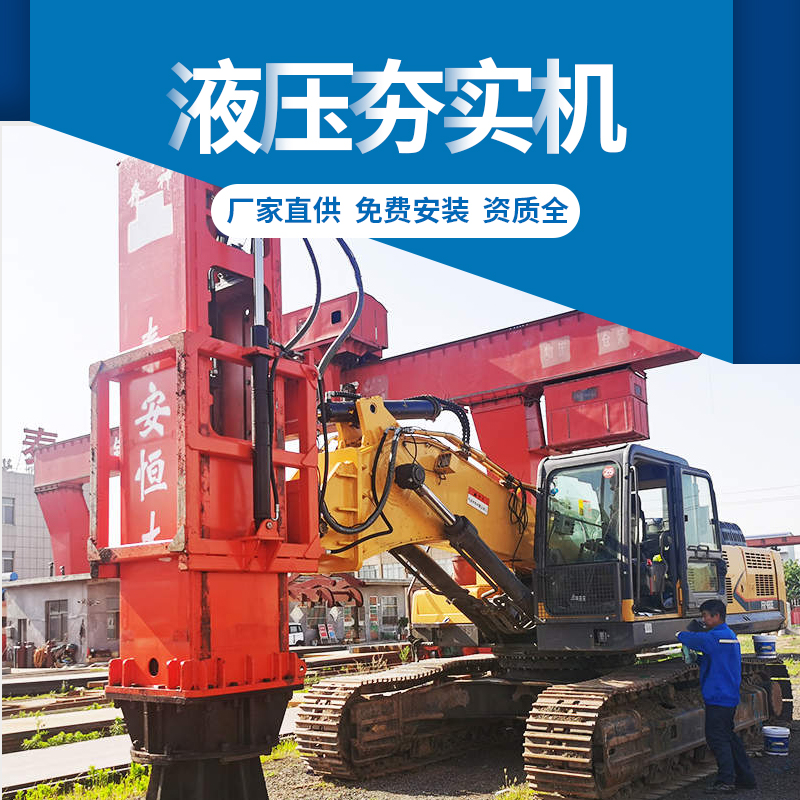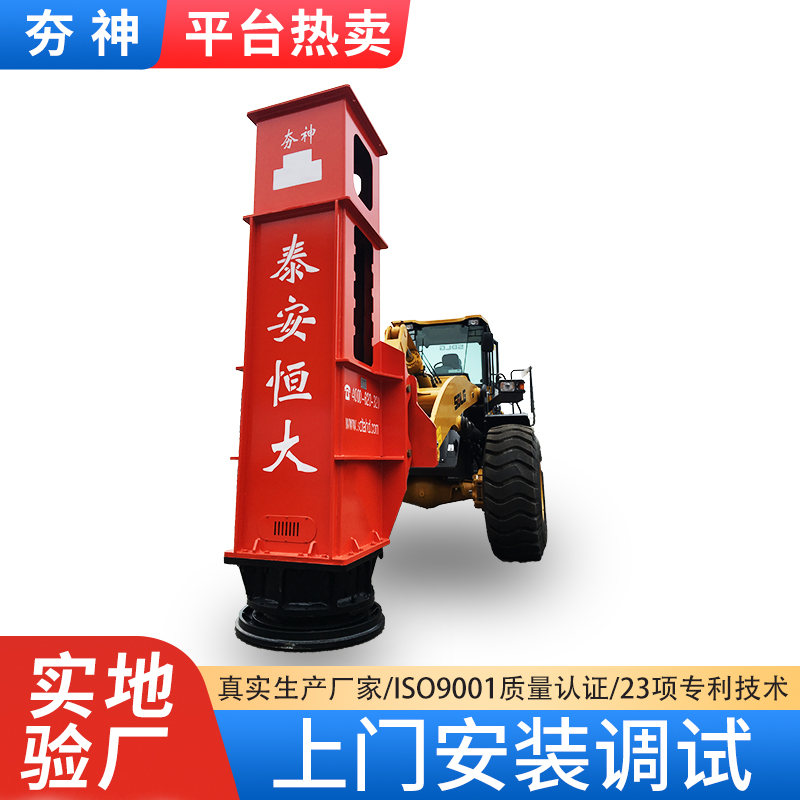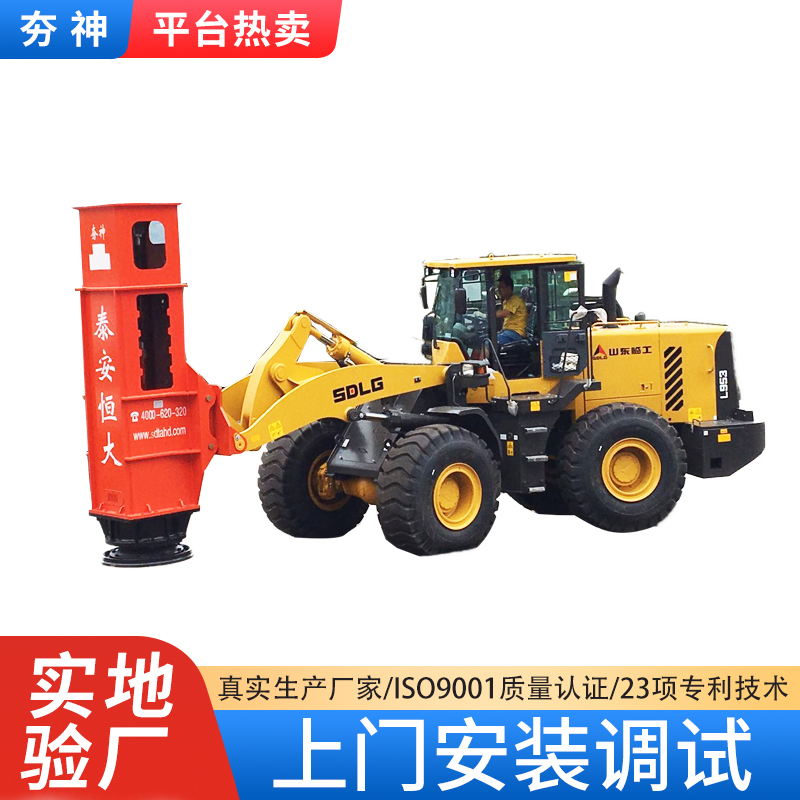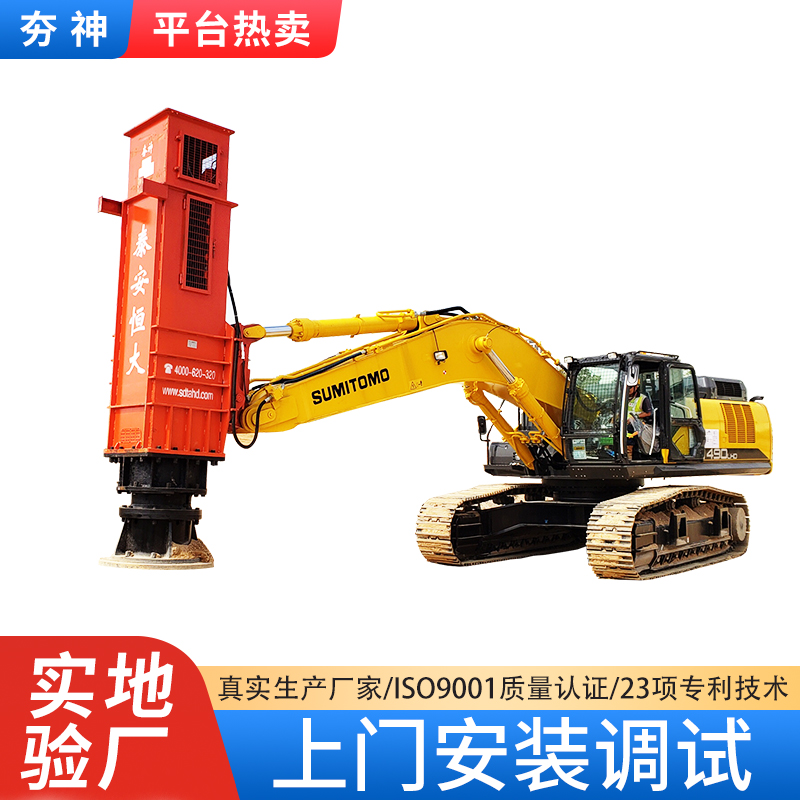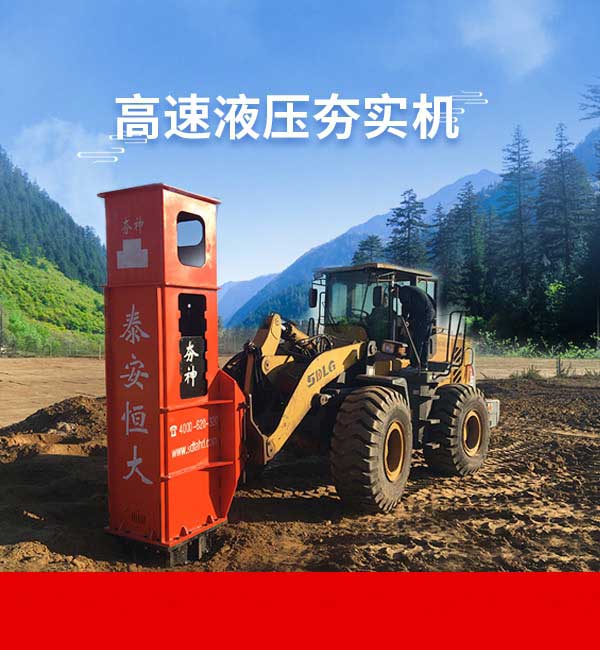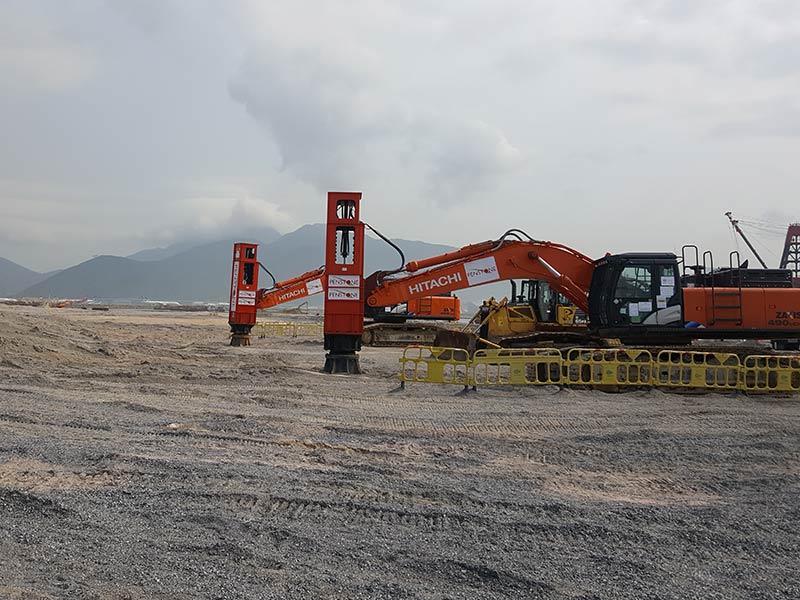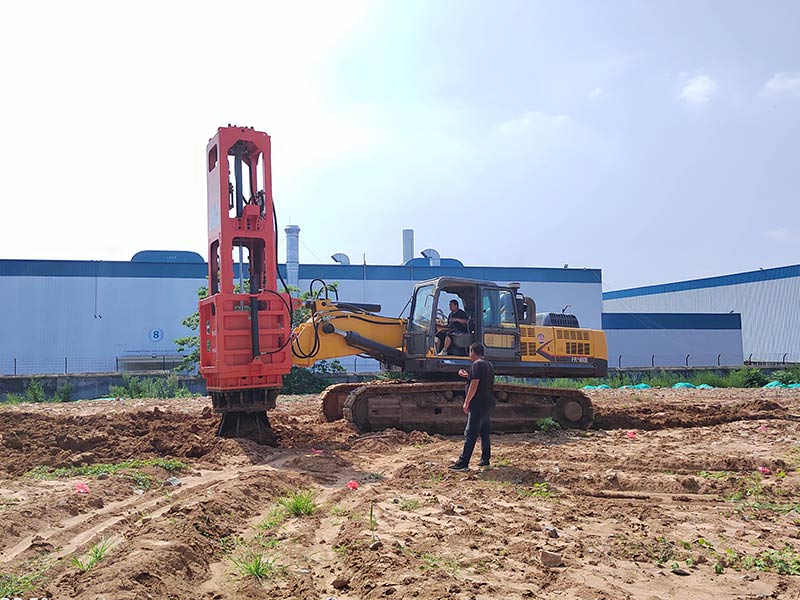In recent years, rapid impact compaction (RIC) has become an increasingly popular method for improving the quality of soil and rock. RIC differs from traditional compaction methods in that it uses high-speed impactors to break down the materials, achieving greater compaction pressure and greater reduction in bulk density.
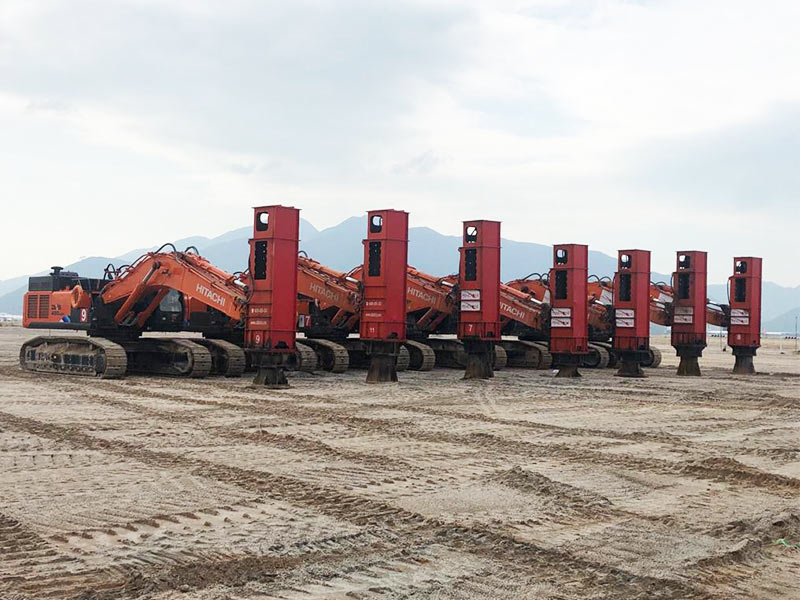
RIC technology was originally developed in the 1990s as an alternative to traditional mechanical compaction. The primary difference between RIC and traditional mechanical compaction is that RIC uses high-speed impactors to create a series of small impacts that are much more intense than traditional compactors. This results in a higher degree of material deformation and improved compaction efficiency.
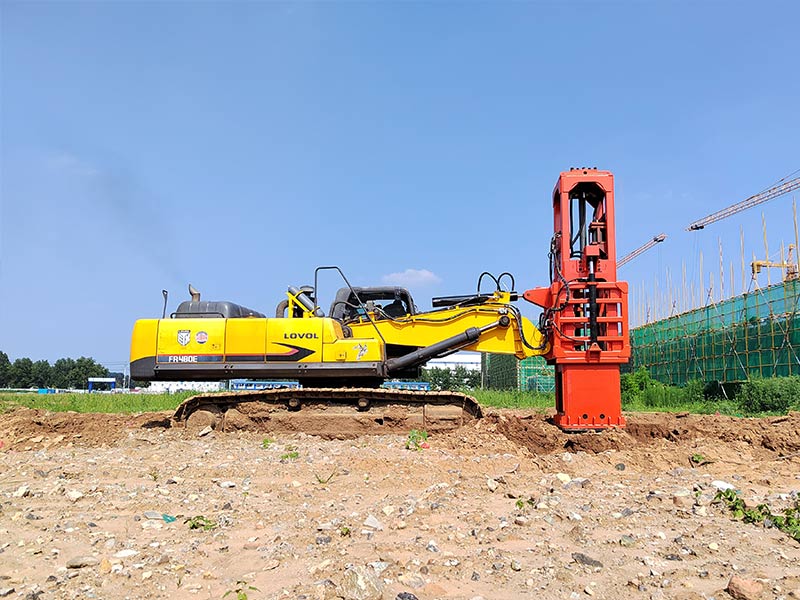
The process of RIC can be relatively easy to describe in theory, but in practice, the implementation can be more challenging due to the complexity of the equipment and the demands on accuracy. Before implementation, it is important to ensure that the equipment is properly maintained and that the operator has sufficient training and experience.

Despite the challenges, RIC has many advantages over traditional compaction methods. It is environmentally friendly, can reduce the need for excessive mining and excavation, and can achieve higher soil compaction rates than traditional methods. Additionally, RIC can reduce the time and cost associated with soil and rock improvement, as well as improve the durability and stability of the improved soil.
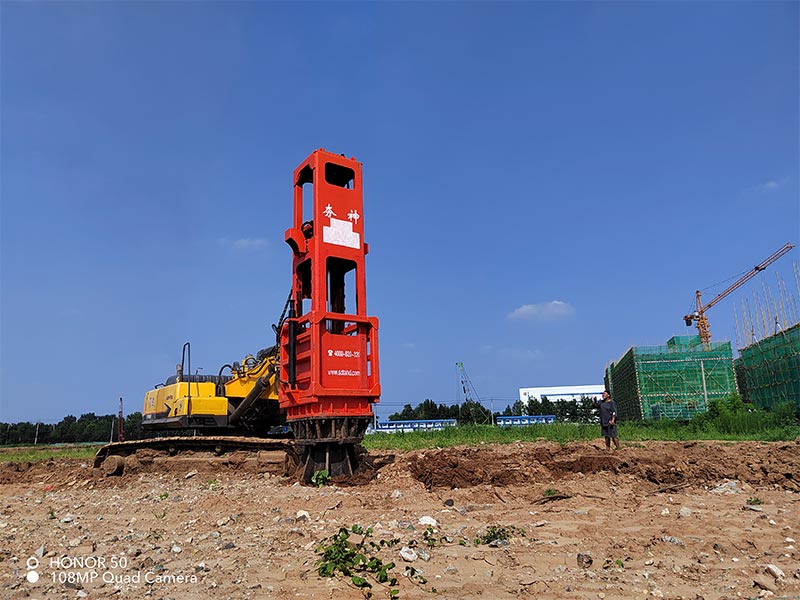
Overall, rapid impact compaction is a highly effective and environmentally friendly way of improving soil and rock. It can reduce the need for extensive mining and excavation, achieve higher soil compaction rates, and reduce the time and cost associated with soil and rock improvement. It is important to ensure that the equipment is properly maintained and that operators have sufficient training and experience before using this method to achieve the best results.

 Current Position:
Current Position: 